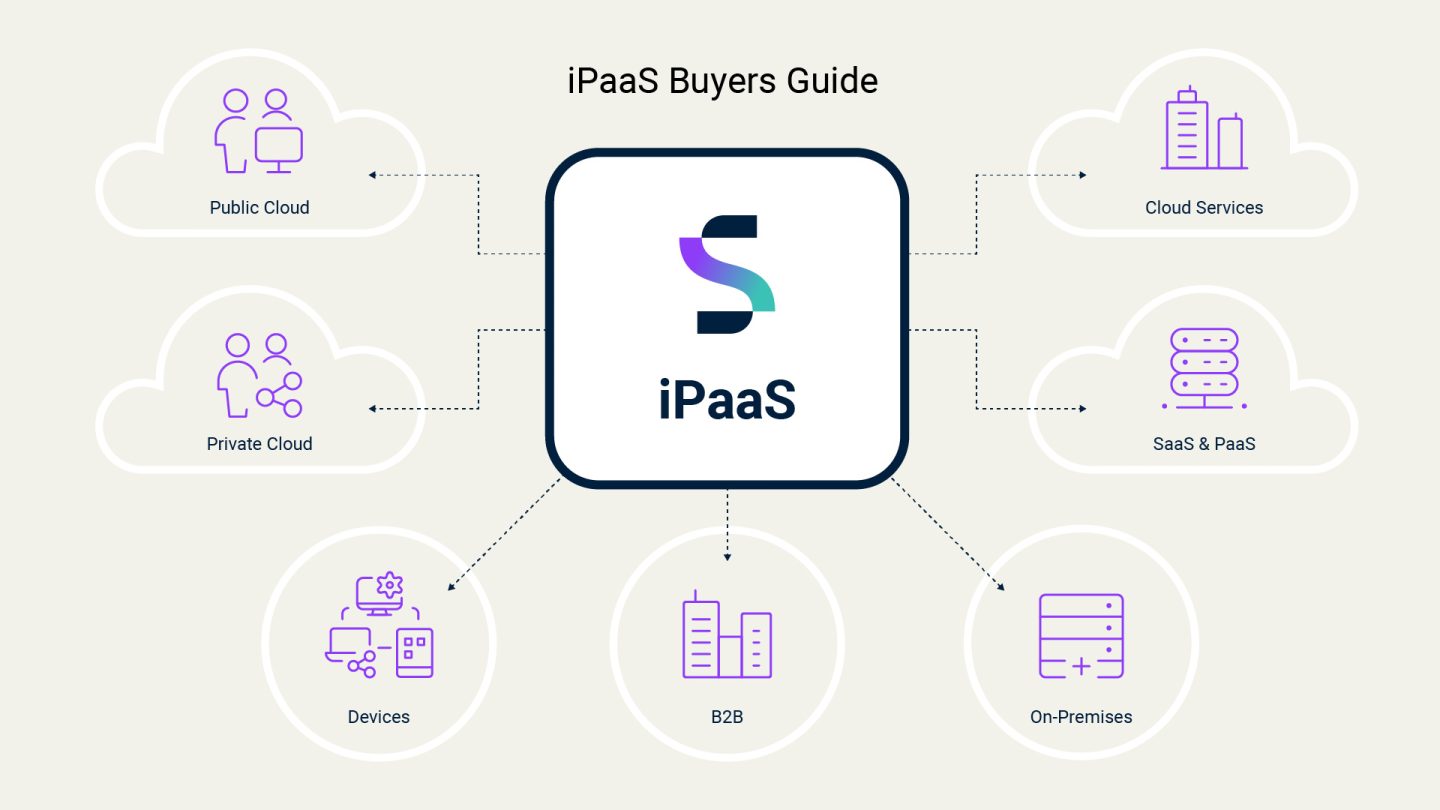Hybrid integration: The new blueprint for digital transformation
Learn why hybrid integration is the new blueprint for digital transformation in this Software AG blog post.

Digital transformation can fundamentally change the way you operate and deliver value to customers and partners, and it has become increasingly urgent over the past two years.
Yet, the digital transformation process itself can be daunting. It is complex, disruptive, and time-consuming, and if done wrong could cost not only money but also opportunity in the market. Companies that want to thrive and grow often see the cloud with its unlimited scalability and dynamic ecosystem as an answer to these problems. But this strategy doesn’t account for a common stumbling block – inflexible legacy systems.
Many companies have a range of packaged and custom applications housed on-premises that cannot be moved to the cloud. These systems are often mission-critical to the business and need to be included in the transformation to avoid falling behind the competition.
Putting the “why” in hybrid integration
That’s why hybrid integration – a mix of on-premises and cloud – is the perfect solution, and why it has become the preferred method of integration for so many enterprise- and mid-size companies. It gives them full control of the pace of their integration and ensures that years of investment in legacy systems and applications won’t be lost.
Gartner estimated that 65% of global organizations will have implemented a hybrid integration platform by 2022. Meanwhile, hybrid integration itself is getting harder because of new challenges such as increased demand for mobile connectivity and the constant proliferation of IoT devices. Over 12 million new IoT devices will come online by 2022. That alone is creating a significant integration challenge. And with cloud vendors that operate in specific regions and offer different tools, many businesses need to operate across multiple clouds.
Meanwhile, integration technology and tools are constantly evolving. While the use of standalone APIs, integration and microservices platforms have already delivered a wealth of valuable benefits to organizations that are advanced along their integration journey, the demand for even more sophisticated integration solutions is growing. Those same APIs, integration and microservices systems will soon no longer be seen as separate tools but will need to be part of a unified solution enabling access to legacy systems, services and data.
That’s why hybrid integration is no longer just about where you’re deployed; the concept has expanded. API integration is the new way that mobile apps communicate with back-end data sources and systems. Business-to-business (B2B) integration is how partners and suppliers integrate their systems in complex transactions. File integration is facilitated by Managed File Transfer (MFT). Microservices are how you integrate with data sources and systems in cloud-native applications. Device integration enables you to access and orchestrate IoT data. Hybrid integration has moved far beyond legacy ESBs or simple cloud workflows to an ecosystem that encompasses all your connections.

Enter the ad hoc integrators
There is also a whole new population of users who are taking on an integration role within an organization. In addition to integration specialists, we are seeing ad hoc integrators with technical expertise in other areas and even citizen integrators – who, although not technical, can’t wait for IT to develop their solutions.
Business users also need a platform that is approachable enough for them to use, enabling pressure to be relieved from IT. This is a big change in the mindset of many who are thinking they need different tools for business users and IT, or for API development vs. integration. But it creates a partnership between business and IT that pays dividends in additional capacity and a unified set of goals.
Finding the right solution
By investing in a hybrid integration strategy, you’ll have full control over what moves into the cloud and what stays on premises, with business processes that cross boundaries seamlessly. IT teams will be able to keep on innovating rather than getting bogged down with replacing legacy technology. The backbone of your business and your mission critical applications becomes more robust than ever before while other parts of the business become fully modernized, so you can build a top-notch user experience for both customers and employees.
The future is strong. The future is hybrid.
You can watch the webinar here.
And click below to learn more about our platform.